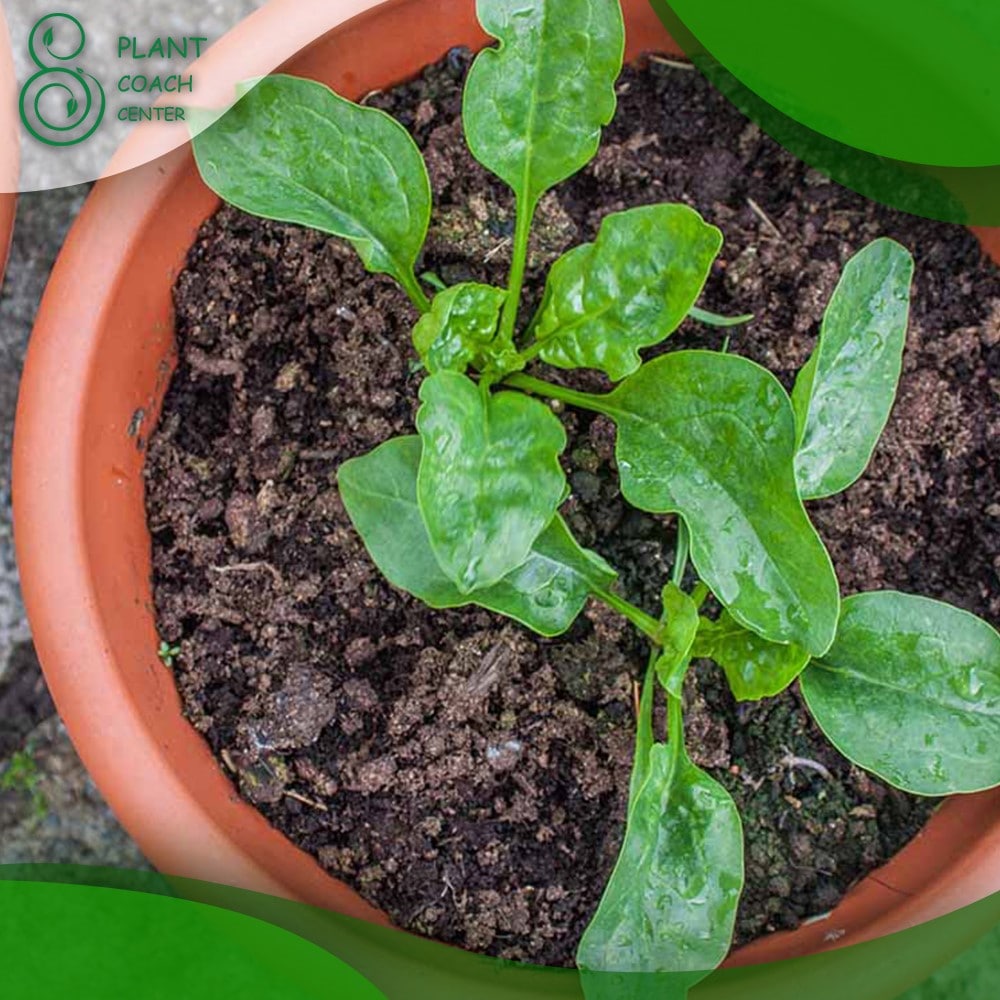When to Grow Spinach?
Spinach, the vibrant green leafy vegetable Popeye made famous, has much more to offer than just a burst of strength. Its tender leaves and crisp texture make it a favorite in salads, smoothies, and culinary creations. But when it comes to cultivating this nutritional powerhouse, timing is everything.
Welcome to the world of spinach cultivation, where mastering the art of “when” can be as crucial as the “how.” In this journey through the seasons and strategies, we will uncover the secrets of Spinach growing, discovering the ideal moments to sow the seeds and watch them flourish.
From embracing the cool embrace of early spring to the heat of summer and the crispness of fall, we’ll delve into the nuances of spinach cultivation, exploring varieties, weather factors, and techniques that can help you enjoy a continuous supply of this verdant delight year-round. So, whether you’re a seasoned gardener or a budding plant enthusiast, let’s embark on a flavorful adventure through the seasons and unveil the best times to sow the seeds of your spinach dreams.
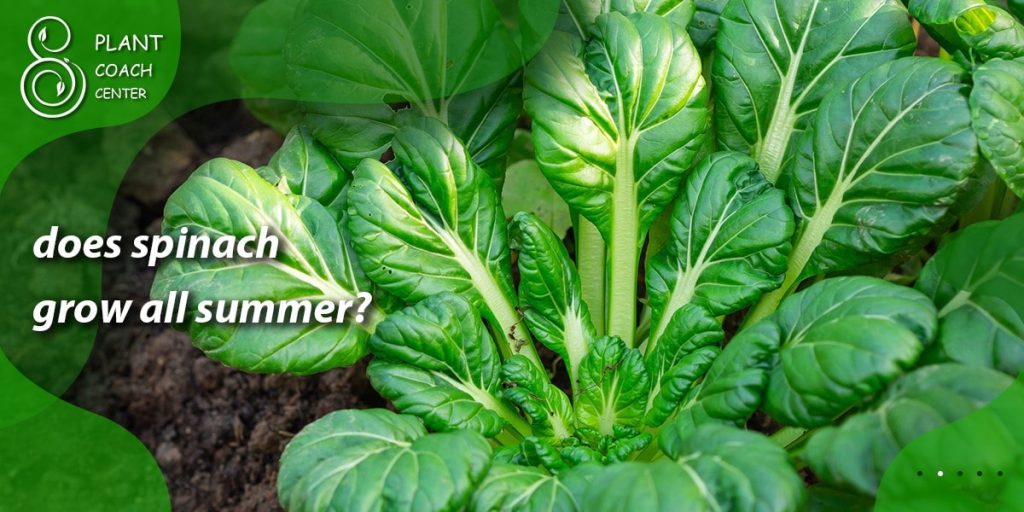
Seasonal Spinach: Finding the Perfect Time to Plant
When it comes to growing Spinach, understanding the seasons is like holding the key to a treasure chest of flavor and nutrition. Spinach is a versatile plant that can thrive in various conditions, but its growth is significantly influenced by the time of year you choose to sow the seeds. Let’s take a closer look at the ideal times to plant Spinach and make the most of each season:
Spring Spinach (March to May)
As winter’s chill recedes, spring is one of the best seasons to start your spinach garden. Early spring’s cool but not freezing temperatures create the perfect environment for germinating spinach seeds. Plant your seeds as soon as the Soil can be worked, and you’ll be rewarded with tender, sweet spinach leaves in just a few weeks. Remember that Spinach is a cold-hardy plant that can tolerate light frosts, making it an excellent choice for early spring planting.
Summer Spinach (June to August)
Summer’s warmth and longer days might seem challenging for Spinach, but with the right strategies, you can still enjoy a bountiful harvest. Consider planting heat-resistant varieties and providing shade during the hottest part of the day to prevent bolting (going to seed prematurely). Additionally, you can use succession planting techniques to ensure a continuous supply throughout the summer months.
Fall Spinach (September to November)
Fall is a spinach-growing paradise. Spinach thrives as temperatures cool down again, producing even sweeter and more tender leaves than spring crops. Plant your fall spinach in late summer, and you’ll have a fantastic crop for fresh salads and cooking as the days grow shorter. Remember to protect your fall spinach from early frosts with row covers or cold frames to extend the harvest into autumn.
Winter Spinach (December to February)
In milder climates, where winters are relatively mild, you can continue growing Spinach even during the coldest months. Use hoop houses or greenhouse containers to shield your Spinach from frost and snow. This way, you can enjoy a fresh supply of spinach leaves during the winter, adding vibrant green nutrition to your seasonal dishes.
Spinach Varieties and Their Unique Growing Seasons
When it comes to Spinach, one size doesn’t fit all. Spinach varieties exhibit distinct characteristics that make them better suited for specific growing seasons. Choosing the suitable spinach variety for the time of year you plan to plant can significantly impact your gardening success. Let’s explore some popular spinach varieties and the seasons they thrive in:
Savoy Spinach (All Seasons)
Savoy spinach is known for its crinkled, dark green leaves and excellent cold tolerance. This variety can be grown throughout the year with proper care. However, it truly shines in the cooler seasons of spring and fall when its texture and flavor are at their best. The crinkles in the leaves also help trap moisture, making Savoy spinach an excellent choice for areas with fluctuating temperatures.
Flat-Leaf Spinach (All Seasons)
Flat-leaf spinach, often called smooth-leaf Spinach, is a versatile variety that can be grown in all seasons. It’s especially well-suited for early spring planting due to its rapid growth in cooler weather. This type of Spinach is often favored for its ease of cleaning, making it a top choice for salads and quick, nutritious dishes.
New Zealand Spinach (Summer)
As the name suggests, New Zealand spinach is an excellent choice for summer. Unlike traditional spinach varieties, it thrives in heat and can tolerate the higher temperatures of the summer months. Its succulent, arrowhead-shaped leaves provide a refreshing, spinach-like taste when traditional Spinach may struggle to survive.
Baby Spinach (All Seasons)
Baby spinach, harvested at an early growth stage, is a versatile choice that can be cultivated year-round. It’s a favorite for its tenderness and mild flavor, making it a great addition to salads and sandwiches. Its adaptability to cool and warm conditions makes it a reliable option in various seasons.
Perpetual Spinach (Fall and Winter)
Perpetual Spinach, also known as Swiss chard or leaf beet, is a spinach-like green that excels in the cooler seasons of fall and winter. It’s a hardy variety that can withstand frost, making it an excellent choice for overwintering in milder climates.
Bloomsdale Spinach (Spring and Fall)
Bloomsdale Spinach is a classic spring and fall planting choice. Its dark green, heavily crinkled leaves are both attractive and tasty. This variety appreciates the milder temperatures of these seasons and can be grown successfully with proper care.
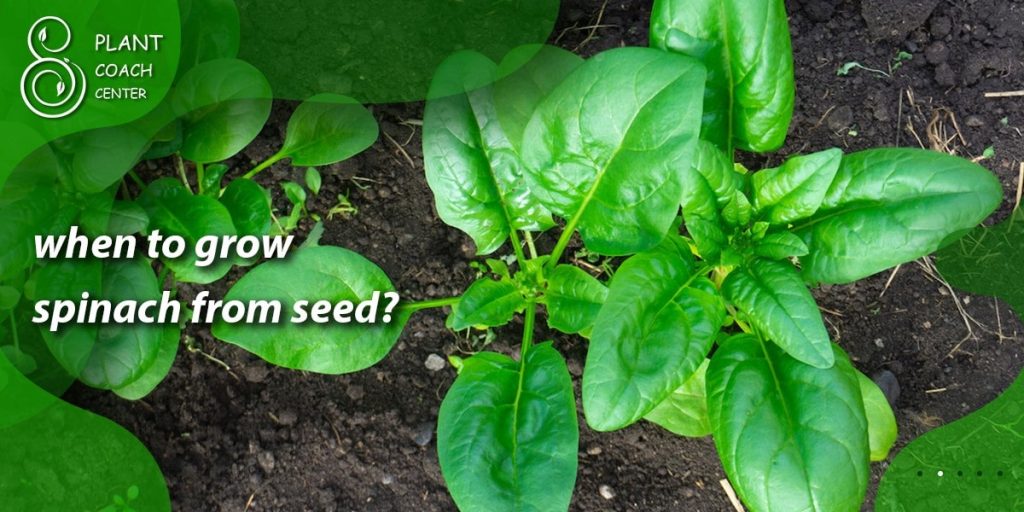
Weather Wisdom: How Climate Affects Spinach Growth
Understanding the impact of climate on spinach growth is essential for any aspiring gardener. As a cool-season crop, Spinach is particularly sensitive to temperature and weather conditions. Here’s a closer look at how different weather elements can affect your spinach crop:
Temperature
Temperature is a critical factor in spinach cultivation. Spinach thrives in cooler temperatures, ideally between 50°F and 75°F (10°C to 24°C). When the mercury rises above this range, Spinach is prone to bolting, which means it will send up a flower stalk and produce bitter leaves, rendering the crop less desirable. Conversely, frigid temperatures can slow growth, so it’s crucial to plant Spinach at the right time for your climate.
Sunlight
Spinach is a sun-loving plant, but it also appreciates some shade during the hottest part of the day, especially in the summer months. Too much direct sunlight can lead to leaf scorching and bolting. In regions with intense summer heat, providing partial shade or growing Spinach in a location with dappled sunlight can help prevent these issues.
Rainfall and Watering
Adequate moisture is essential for spinach growth. Consistent, even watering is crucial to prevent the Soil from drying out completely, which can cause the spinach plants to wilt or become stressed. Conversely, excessive rainfall or overwatering can lead to fungal diseases and root rot. So, it’s essential to strike a balance and ensure that the Soil remains consistently moist but not waterlogged.
Wind
Strong winds can harm young spinach plants, potentially damaging their delicate leaves and stems. Wind can also lead to soil erosion and drying out of the Soil. Consider using windbreaks like fences or planting taller crops around your Spinach to provide protection from strong gusts.
Frost and Freezing Temperatures
While Spinach is cold-hardy, it’s not entirely frost-proof. Young spinach plants can tolerate light frosts, but prolonged exposure to freezing temperatures can damage or kill them. Using row covers or cold frames in colder climates can extend the growing season and protect your Spinach from frost.
Humidity
Spinach prefers moderate humidity levels. High humidity can create favorable conditions for fungal diseases, such as downy mildew and leaf spot. Adequate spacing between plants and providing good air circulation can help mitigate humidity-related issues.
Indoor vs. Outdoor Spinach: Pros and Cons
When it comes to growing Spinach, you have two main options: cultivating it outdoors in your garden or growing it indoors in containers or hydroponic systems. Each approach has its own set of advantages and disadvantages. Let’s explore the pros and cons of both indoor and outdoor spinach cultivation to help you decide which one suits your needs best.
Indoor Spinach
Pros:
Year-Round Growing: Indoor Spinach can be grown year-round, regardless of outdoor weather conditions. This allows you to enjoy a continuous supply of fresh spinach leaves.
Pest Control: Indoor cultivation provides better control over pests and diseases affecting outdoor Spinach. You’re less likely to encounter issues like aphids or snails indoors.
Optimal Conditions: You can create ideal growing conditions indoors, including consistent temperatures and controlled lighting, resulting in healthier and faster-growing Spinach.
Space Efficiency: Indoor Spinach can be grown in small spaces, making it suitable for urban dwellers or those with limited outdoor garden space.
Cons:
Limited Space: Growing indoors may limit the quantity of Spinach you can grow compared to a spacious outdoor garden.
Initial Investment: Setting up an indoor growing space with proper lighting and ventilation may require an initial investment in equipment.
Electricity Costs: Indoor cultivation often relies on artificial lighting, which can increase electricity costs.
Outdoor Spinach
Pros:
Natural Sunlight: Outdoor spinach benefits from natural sunlight, providing the ideal lighting conditions without additional energy costs.
Abundant Space: Outdoor gardens offer ample space for larger spinach crops, allowing you to grow more if you have the room.
Low Cost: Outdoor gardening typically requires fewer initial investments than indoor setups.
Cons:
Seasonal Limitations: Outdoor Spinach is subject to seasonal weather changes, limiting the growing season. It may not thrive in extreme heat or cold.
Pest and Disease Risk: Outdoor Spinach can be vulnerable to pests and diseases. You may need to implement pest control measures and watch for slugs, aphids, and fungal infections.
Weather Challenges: Extreme weather conditions, such as heavy rainfall or drought, can impact outdoor spinach crops negatively.
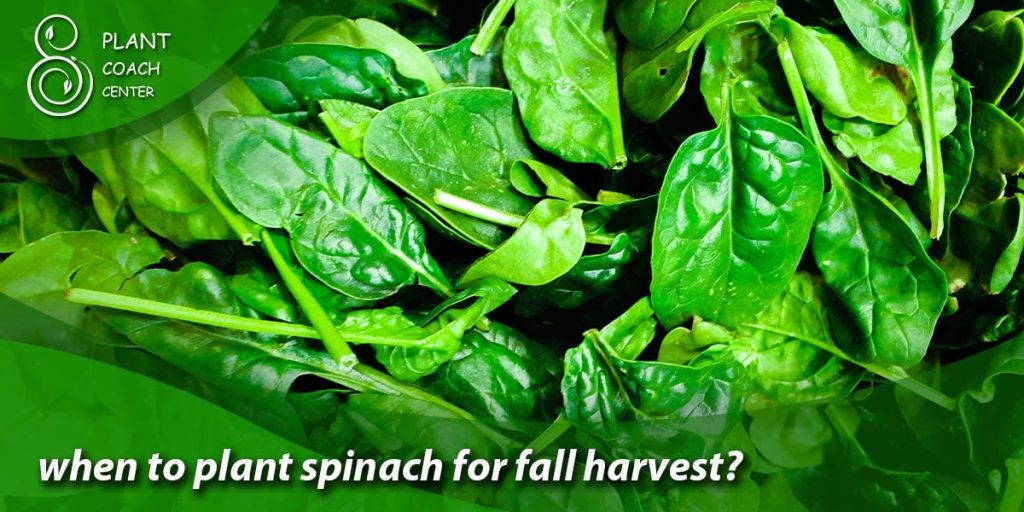
Extending the Spinach Season: Using Season-Extending Techniques
Imagine savoring the fresh taste of homegrown Spinach even when the frost is nipping at your heels or the summer sun is scorching. With the proper season-extending techniques, you can stretch your spinach-growing season to enjoy this nutritious green for extended periods. Here’s a guide to some practical strategies:
Cloches and Row Covers
Cloches are protective coverings that can be placed over young spinach plants to create a mini-greenhouse effect. Often made of lightweight fabric, Row covers provide insulation and protect your plants from chilly temperatures. Both options help trap heat, maintain a warmer environment, and shield your Spinach from frost.
Pros: These methods are relatively low-cost and easy to use, making them accessible to beginner and experienced gardeners.
Cons: You must monitor temperature and ventilation to prevent overheating during sunny days. Also, they may not be suitable for more extensive spinach plantings.
Cold Frames
Cold frames are small, unheated greenhouse structures that offer protection and insulation. By placing your Spinach in a cold frame, you can create a controlled microclimate that shields your plants from harsh weather conditions, allowing you to grow Spinach throughout the winter in many regions.
Pros: Cold frames protect from cold temperatures, frost, and snow. They offer ample space for multiple plants and can be used for other cool-season crops.
Cons: Cold frames require some construction and maintenance. Ventilation and temperature regulation are essential to prevent overheating on sunny days.
High Tunnels and Greenhouses
For serious year-round spinach production, high tunnels and greenhouses are top choices. These structures offer more control over temperature, humidity, and protection from external elements. They enable you to grow Spinach in extreme climates and throughout the year.
Pros: High tunnels and greenhouses provide optimal growing conditions for Spinach, ensuring a consistent and abundant supply. They also offer space for a variety of crops.
Cons: These structures require a significant initial investment, both in terms of construction and maintenance. Proper ventilation and temperature control are crucial to prevent issues like overheating.
Succession Planting
Succession planting involves planting Spinach in multiple batches at different times throughout the growing season. By staggering your planting dates, you can ensure a continuous harvest of fresh spinach leaves, even as conditions change.
Pros: Succession planting is a versatile and cost-effective method to extend the spinach season. It allows you to adapt to changing weather patterns and provides a steady supply of fresh greens.
Cons: You must carefully plan and monitor planting dates to avoid overcrowding or gaps in your spinach crop.
Variety Selection
Choosing the suitable spinach varieties is another effective way to extend the growing season. Some spinach cultivars are more cold-hardy, while others are better suited for warmer weather. By selecting a mix of these varieties and planting them strategically, you can enjoy Spinach from early spring to late fall.
Pros: Variety selection is a simple and reliable way to work with your climate. It doesn’t require additional equipment or maintenance.
Cons: You may need to experiment with different varieties to find the ones that thrive in your specific climate and conditions.
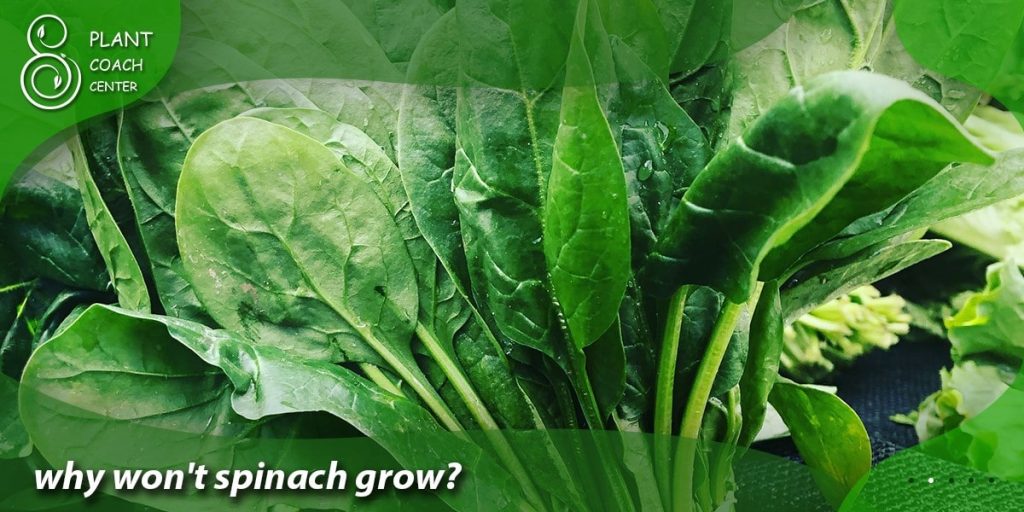
The Role of Soil and Sunlight in Timing Spinach Planting
Timing is crucial when it comes to planting Spinach, and two key factors that significantly influence when and how you should plant are the quality of the Soil and the availability of sunlight. Understanding the relationship between these factors is essential for successful spinach cultivation.
Soil Quality
- Soil Temperature: Spinach is a cool-season crop, and its seeds germinate best in Soil with a temperature range of 50°F to 75°F (10°C to 24°C). To determine the right time to plant, consider the soil temperature rather than the air temperature. Invest in a soil thermometer to monitor when your Soil reaches the optimal range. Typically, this occurs in early spring or late summer for fall planting.
- Well-Drained Soil: Spinach prefers well-drained Soil with good water retention. Soil that retains moisture without becoming waterlogged is ideal. Amending your Soil with organic matter, such as compost or aged manure, can improve its texture and water-holding capacity.
- Soil pH: Spinach grows best in slightly acidic to neutral Soil with a pH range of 6.0 to 7.0. Ensure that your soil pH falls within this range for optimal spinach growth. You can adjust the pH using lime to raise it or sulfur to lower it if needed.
- Soil Preparation: Before planting, prepare the Soil by removing debris and weeds. Loosen the Soil to a depth of at least 6 inches (15 cm) to ensure good root development. Incorporate compost or organic matter to improve soil structure and fertility.
Sunlight Requirements
- Sun Exposure: Spinach is a sun-loving plant that thrives in full sun, typically at least 6 hours of direct sunlight daily. Adequate sunlight is crucial for Spinach to produce large, healthy leaves. If you’re planting Spinach in the spring or fall, ensure your chosen location receives enough sunlight, as the sun’s angle changes with the seasons.
- Shading in Hot Climates: Spinach may benefit from some shade during the hottest part of the day in regions with scorching summers. You can provide shade using shade cloth, tall companion plants, or other techniques to prevent spinach leaves from wilting or becoming stressed.
- Seasonal Adjustments: Understanding the changing angle of the sun throughout the year can help you determine the best planting locations. When the sun is lower in the sky in the spring, plant spinach, where it will receive maximum sunlight. In the summer, consider planting it in locations that receive partial shade or dappled sunlight to protect it from excessive heat.
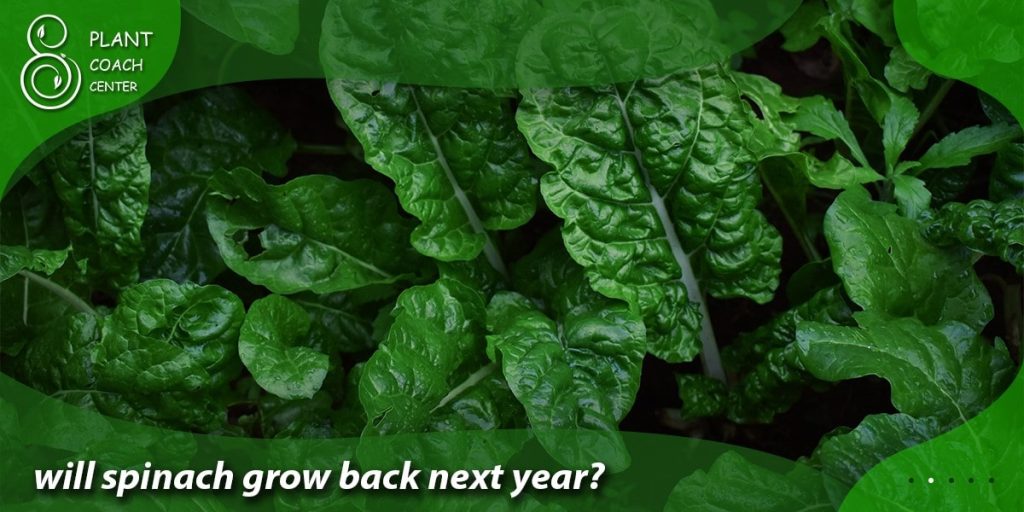
Conclusion
In the gardening world, timing is everything, and when it comes to growing Spinach, knowing when to sow your seeds can lead to a year-round bounty of this nutritious green delight. From the crisp coolness of early spring to the warmth of summer and the gentle embrace of fall, Spinach can thrive in various seasons with some planning and adaptability.
Understanding the nuances of soil quality, sunlight exposure, and climate is critical to mastering the timing of your spinach planting. Moreover, embracing techniques like succession planting and season-extending strategies can turn your garden into a perpetual spinach oasis. So, whether you’re a seasoned green thumb or just beginning your gardening journey, remember that the seasons are your allies for spinach cultivation.
For more insightful gardening tips and advice, visit PlantCouchCenter.com, your go-to resource for all things green and growing. Happy gardening!
When is the best time to plant Spinach?
Early spring and late summer for a continuous harvest throughout the year.
Can Spinach be grown indoors?
Indoor cultivation allows for year-round Spinach with proper lighting and care.
How do I protect Spinach from frost?
Use row covers or cold frames in late fall and early spring to safeguard spinach plants.


